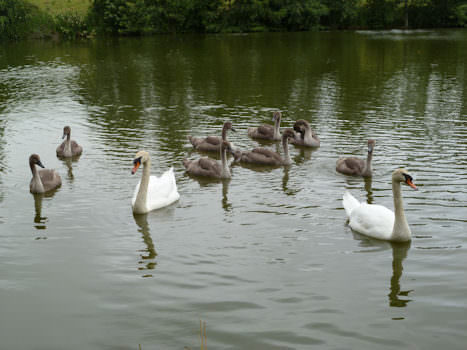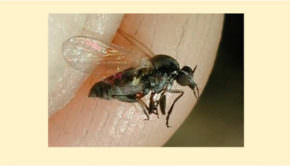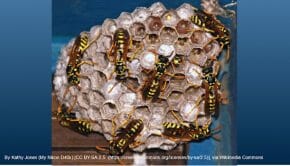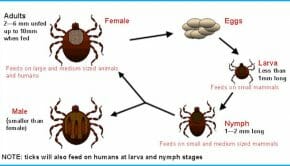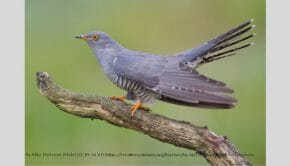Where to go this Summer Holiday
Farthinghoe Nature Reserve
Purston Lane 4.5 miles west of Brackley NN13 5PL
A former landfill site now transformed into an oasis for wildflowers and insects. This small, amazingly diverse site is now a mosaic of developing woodland, open grassland and ponds. The meadows are improving each year as a result of better management with the return of some of the old meadow flowers such as lady’s bedstraw, meadow vetchling and snake’s-head fritillary. The ponds and wet areas attract dragonflies and damselflies from the nearby lake and stream and in late July it is possible to find beautiful demoiselle damselflies in good numbers. There is also a colony of marbled white butterflies on the site. Pipistrelle and noctule bats find an ideal hunting ground here. Among the birds are treecreeper, bullfinch, breeding sparrowhawk, several species of warbler and long-tailed tit.
Information taken from their website: http://www.wildlifebcn.org/reserves/farthinghoe
Otmoor RSPB Reserve
Otmoor Lane, Oxford OX3 9TD
The information below is taken from their website.
Otmoor is a mixture of wet meadows and reedbeds. In summer it is a haven for breeding wading birds while later in the year you can see the spectacular starling murmuration. The reserve has no postcode, but OX3 9TD will take you into Otmoor Lane then follow this road to the reserve car park at the end.
Top things to do in Summer—taken from their website
1. See hobbies hawking over the grassland.
2. See dragonflies and damselflies patrolling ditches and
pools.
3. Watch butterflies dancing along the footpath rides.
Important Visitor numbers can be high, particularly at weekends. If you are able, please try to visit the reserve during the week to avoid disappointment.
If the car park is full please do not park along Otmoor Lane, as this can block access for emergency vehicles.
Thank you
Website: http://www.rspb.org.uk/reserves-and-events/find-a-reserve/reserves-a-z/reserves-by-name/o/otmoor/index.aspx
Lamb’s Pool
4 Hook Norton Lane, Sibford Ferris, Banbury OX15 5DJ
The information below is taken from their website.
Lamb’s Pool reserve is a man-made lake with hedges and
pollarded willows. The pool, popular with anglers through the years, is fed by a stream which forms the head of the
River Stour. Reed sweet-grass and common reedmace
flourish at its shallow eastern marshes with occasional bursts of handsome yellow iris, marsh-marigold, ragged-robin, water mint, meadowsweet and fool’s watercress. White-legged damselflies have also been recorded here. Birds and Bats
A small, scrub-covered island in the middle of the lake is popular with breeding species such as tufted duck and coot. Snipe, barn owl and lapwing have been glimpsed nearby. Heron and kingfisher use the pool for hunting and fishing. The reserve is surrounded by fields and buzzards and song thrush can be seen and heard close by. The pool, one of three open water areas in the valley linked by hedges, is ideal hunting ground for bats. Pipistrelle, Daubenton’s and noctule bats have all been spotted here.
Website: http://www.bbowt.org.uk/reserves/lambs-pool
Hook Norton Cutting
7.5 miles south-west of Banbury, OX15 5JR (northern section).
The information below is taken from their website.
This former Great Western Railway track was used to transport iron ore from the north Oxfordshire town of Hook Norton to the blast furnaces of the Midlands and south Wales. It is composed of two sections of line separated by an old railway tunnel (which does not belong to BBOWT and is not accessible).
Wildlife Highlights
The southern section has open, sunny banks of limestone grassland studded with a galaxy of wild flowers including
woolly thistle, oxeye daisy, fairy flax and wild carrot. The northern section has areas of woodland and areas of scrub. These ring out with birdsong in spring and summer. Among the many species recorded nesting here are great spotted and green woodpeckers, garden warbler, blackcap, whitethroat and goldcrest. The cutting is also notable for its populations of bees. Butterflies, including marbled white, common blue and red admiral are numerous.
Exposed cliffs: The cutting is of special geological importance because of its exposed Jurassic oolite limestones which contain many fossils, and are stained red by the presence of iron oxide. Recently, scrub has been cleared to allow better views of these. The retaining walls along the track are a lichen and moss-spotter’s dream.
Website: http://www.bbowt.org.uk/reserves/hook-norton-cutting
More Information on Oolite Limestone
Aynho is built on the edge of an oolitic limestone plateau approximately 145 metres above sea level. Oolite limestone was formed about 165 million years ago in the middle of the Jurassic Period. It is made up of ooliths which are mostly composed of little balls of calcium carbonate that look a little like fish eggs. If you look closely at the limestone you may also see small fossil seashell fragments. This limestone was formed in shallow tropical seas which means Aynho was once under a warm sea like the Caribbean.

